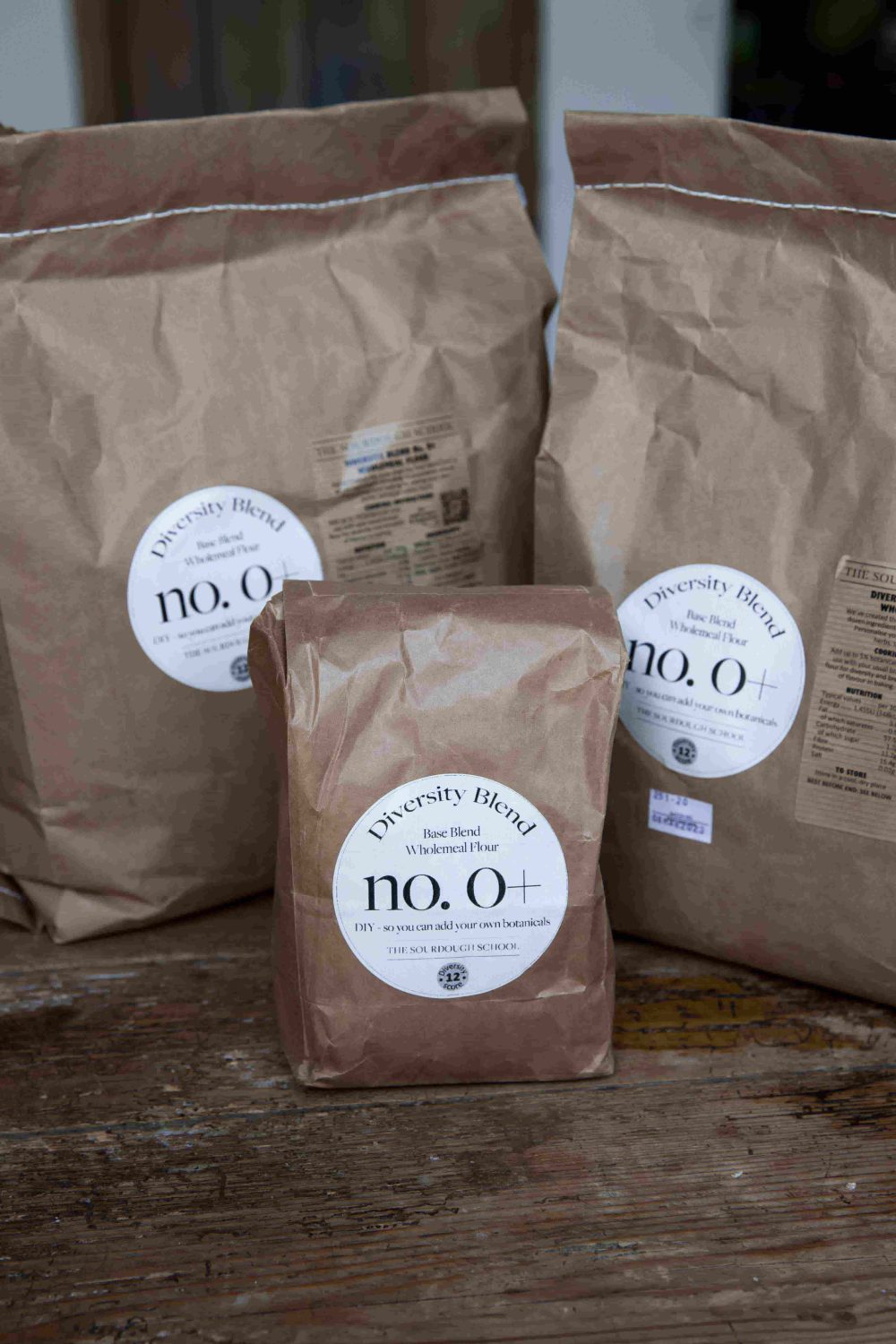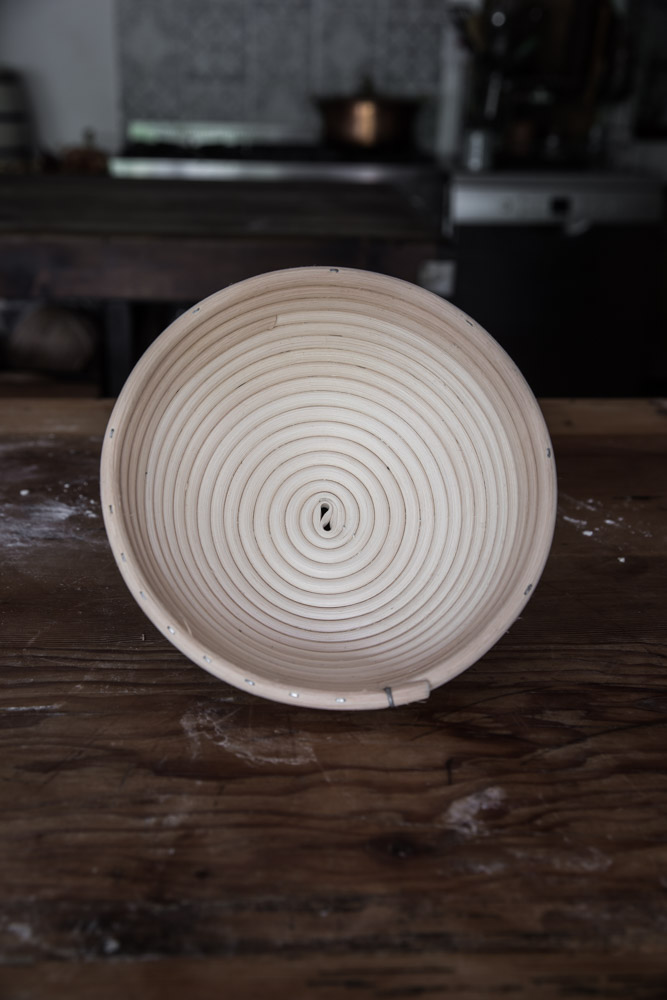What is absorption in sourdough?

Absorption refers to the measure of the amount of water that the flour can soak up or absorb, in order to achieve a desired dough consistency. Something I am passionate about and teach at The Sourdough School and Club is the importance of understanding the flour you use and how this impacts the bread you produce. The ability of flour to absorb water affects the hydration, texture, and workability of sourdough dough. Different flours absorb water differently, depending on their protein content, how finely they are milled, and even the climate where the grain was grown. Understanding absorption is key for bakers in order to adjust hydration levels for the right dough consistency.
Why is Absorption Important?
Absorption is a key factor in sourdough baking because it determines the hydration level of the dough. Hydration affects how the dough behaves during mixing, fermentation, and baking. If the absorption is too low, the dough may feel dry and stiff. If it is too high, it may become sticky, soupy and difficult to handle.
Factors that influence absorption include:
- Flour type – Whole grain and high-protein flours typically absorb more water than refined white flour.
- Flour Age – Freshly milled flour behaves differently from flour that’s been sitting on the shelf for a while. Fresh flour might be more absorbent and require a bit more water, while older flour may not need as much.
- Milling process – Stone-ground flour tends to have higher absorption due to its bran and germ content.
- Fermentation – Longer fermentation times and the presence of microbes can influence how water is retained in the dough.
How Does Absorption Affect Fermentation and Bread Quality?
Adjusting hydration levels according to the flour’s absorption capacity ensures the right balance between elasticity and extensibility.
- Higher absorption results in dough with improved fermentation, better gas retention, and an open crumb structure.
- Lower absorption can lead to a denser, drier loaf with limited fermentation activity.
The hydration of the dough also influences digestibility and bioavailability of nutrients. Studies on fermentation and gut microbiome suggest that well-hydrated dough supports enzymatic activity, breaking down complex carbohydrates and improving nutrient absorption.
How to Determine Flour Absorption
To test the absorption of flour:
- Start with a standard hydration percentage (e.g., 70% water to flour weight).
- Adjust based on how the dough feels—if it is too stiff, increase hydration; if too sticky, decrease slightly.
- Observe how the dough absorbs water over time; some flours take longer to fully hydrate.
Bakers can experiment with hydration to achieve their desired dough texture, whether working with whole grain, heritage, or refined flours.
Explore our Sourdough School courses to develop a deeper understanding of flour absorption and hydration.




